
‘Smart cells’ show promise to treat disease
Laura Segatori wins NIH backing to develop synthetic biological circuits for cells that may someday sense trouble and respond by making just enough of the appropriate drugs.

‘Smart cells’ show promise to treat disease
Laura Segatori wins NIH backing to develop synthetic biological circuits for cells that may someday sense trouble and respond by making just enough of the appropriate drugs.
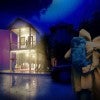
Helpful house design has an eye on history
Rae Atkinson, a master of architecture student at Rice University, won first place in the American Institute of Architects Houston chapter’s Gulf Coast Green Student Competition to design a “self-help hub” for residents in Houston’s Fourth Ward.
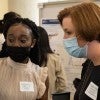
10 winners at IBB Summer Undergraduate Research Symposium
Posters by 10 summer interns were the best at this year’s IBB Summer Undergraduate Research Symposium.

'Cool' kids in the cosmos may not be so unique
Rice University scientists show that "cool" stars like the sun share dynamic surface behaviors that influence their energetic and magnetic environments. Stellar magnetic activity is key to whether a given star can host planets that support life.
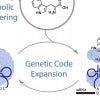
Programmed bacteria have something extra
Rice chemists expand genetic code of E. coli to produce 21st amino acid, giving it new abilities.
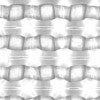
AI could expand healing with bioscaffolds
Artificial intelligence can speed the development of 3D-printed bioscaffolds that help injuries heal, according to Rice researchers.

3D camera earns its stripes at Rice
The Hyperspectral Stripe Projector captures spectroscopic and 3D imaging data.
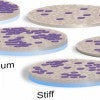
Pathogens get comfy in designer goo
Hydrogels developed at Rice University mimic intestines when lined with epithelial cells. A study by Rice and Baylor College of Medicine proved hydrogels in various stiffnesses are valuable for learning the dynamics of pathogens that cause diarrhea and other intestinal diseases.
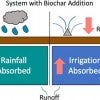
Biochar helps hold water, saves money
Biochar’s benefits for long-term storage of carbon and nitrogen on American farms are clear, but new research from Rice University shows it can help farmers save money on irrigation as well.
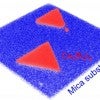
Odds are good for unique 2D compound
Rice University engineers make 2D materials for valleytronics, a platform for information processing and storage that relies on the manipulation of electrons’ positions in energetic “valleys.”
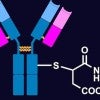
Targeted tumors attack not-innocent bystanders
Antibody-drug conjugates developed are found to attack not only targeted tumor cells but also nontargeted “bystanders.”
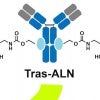
Drug doubles down on bone cancer, metastasis
Researchers at Rice University and Baylor College of Medicine develop an antibody conjugate called BonTarg that delivers drugs to bone tumors and inhibits metastasis.
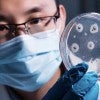
Enzyme from fungi shows molecules which way to turn
A small fungal enzyme could play a significant role in simplifying the development and manufacture of drugs, according to Rice University scientists.
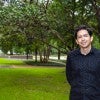
Vicente Ordóñez joins Rice with CAREER Award
Rice computer scientist Vicente Ordóñez receives an NSF CAREER Award to advance machine-learning algorithms’ ability to recognize complex visual concepts.

Scientists seek details of cancer’s evolutionary tree
Rice University computer scientists will take full advantage of new technology to sequence the genome of a single cell to decode mysteries contained in tumors.